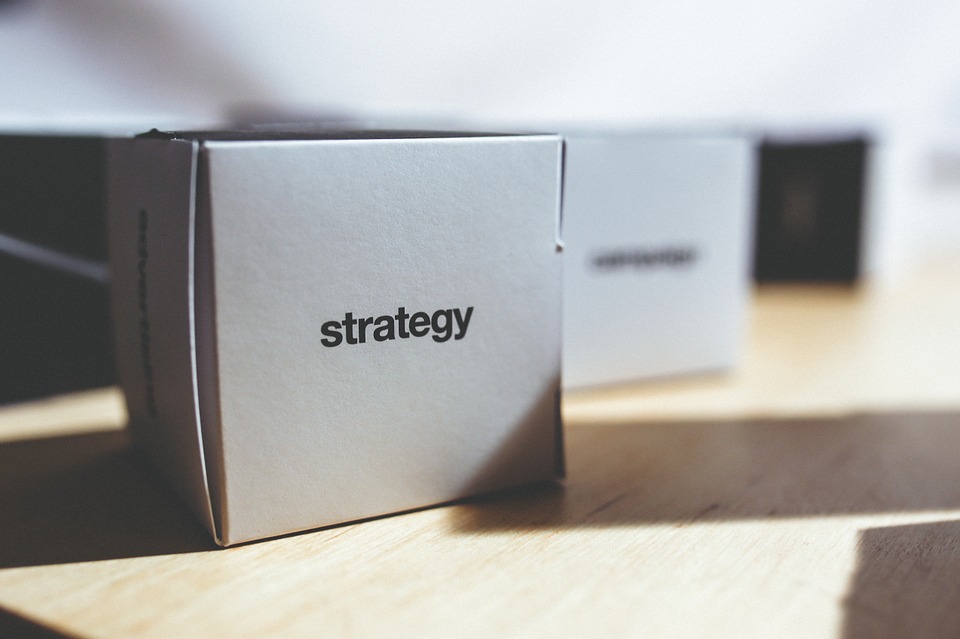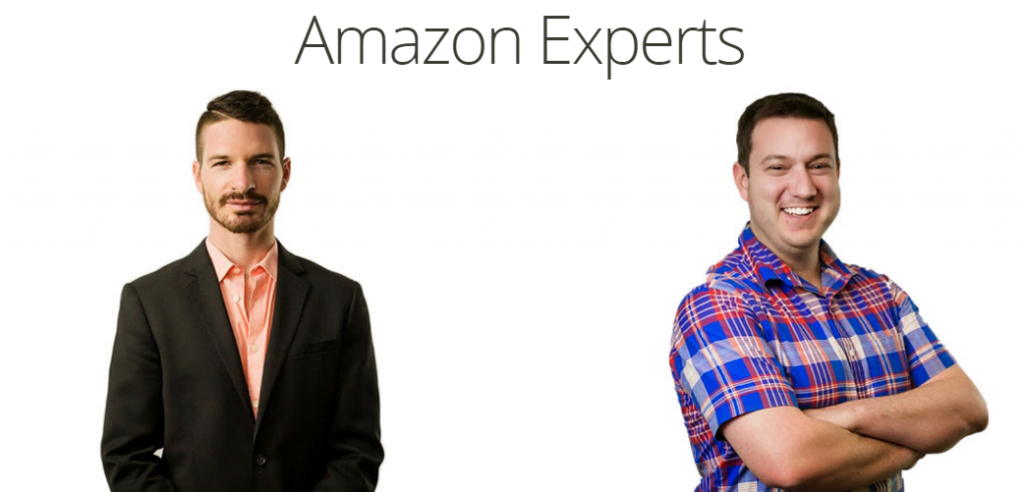How AMS Can Elevate Your Amazon Vendor Strategy

As a Vendor to Amazon, you’re armed with a vast array of premium services to elevate your marketing strategy, but one of the most profitable programs is Amazon Marketing Services (AMS).
AMS offers effective tools to give Amazon Vendors a competitive edge & a direct opportunity to get their products & brand in front of additional in-market shoppers.
This past week, Amazon experts Pat Petriello and Jeff Coleman of CPC Strategy hosted a live Q&A for Amazon Vendors.
There were a lot of questions we didn’t have a chance to answer, here they are now with responses from Petriello.

A. Yes. Automatic campaigns use product content to determine relevancy to the customer search query.
A. Yes, and we’re investigating this further as the mobile experience evolves. For example, we have seen that Sponsored Products on mobile don’t show up at the top of the SERP the same way they do on desktop.
On the detail page itself, the product description shows up above the bullet points, which is the reverse of the functionality on desktop.
We’ll share more findings as we continue to dig into the mobile experience on Amazon.
A. Pausing and re-starting a campaign will not directly impact a campaign performance. However, a product’s sales history does impact its organic search rank and is considered in the Sponsored Products auction, so there is value in continuously driving sales.
A. There is no “right” bid amount, as different advertisers have different advertising goals and margin thresholds among the products in their catalog. There are also different advertising strategies that call for different bid levels.
For broader searches where the customer is higher up the intent funnel (ie still researching), you’ll typically want lower bids so that you don’t run a high ACOS.
For more targeted niche keyword where you are expecting higher conversion, it makes sense to bid more aggressively.
The key is to monitor your performance regularly to use data to make bid adjustments.
A. Yes, Headline Search Ads and Product Display Ads will surface regardless of which Seller’s offer is currently in the Buy Box.
A. The key metrics to look at are clicks, spend, sales, and ACOS. Impressions are a misleading metric in these reports since an impression is counted regardless of what page of the search results they appeared on.
The actionable metrics are determining which search terms are generating clicks, converting into sales, and at what cost.
We typically use ACOS as the key performance indicator of campaign, ad group, and keyword success.
A. Use “exact match” when you want your ad to appear only to shoppers who type in your exact keyword. Choose “phrase match” to target your ad to shoppers who include your keyword in their search to maximize impressions by capturing shopper searches similar to your keyword.
A. Manual campaigns should be more targeted based on high performing search terms from automatic campaigns, and thus will have higher CPCs.
A. Running Headline Search Ads does not boost the organic rankings for a product in and of themselves.
However, sales history is a factor in organic rankings, so using advertising to increase sales can have the effect of impacting organic rank.
A. Automatic campaigns within Sponsored Products uses product content to determine relevancy to the customer search term.
We have found it to be effective for not only driving incremental sales but also keyword harvesting the terms where a product is most successful. International accounts operate in the same way and will require language translation for that region.
However, this is something which you’ll need to be doing anyway in order to sell successfully in non-English marketplaces.
A. There is no “right” allocation of budget, as it depends heavily on an advertiser’s goals, budget, and margin threshold.
Best practice is to start with a mix of all three of the different ad types and then use performance data to drive continued optimization.
A. The more granular you can get with your campaigns and ad groups, the better. In your case, a separate campaign for “pants” and “shorts” would be the most effective.
The reason for this is that you’d select different target keywords for each of those campaigns, and the search intent of a customer looking for pants is different than that of a customer searching for shorts.
A. There is no page rank, per se, of a vendor’s brand page, since those pages do not appear on the SERP.
You can drive additional traffic to your brand page by using Headline Search Ads with your brand page as the destination URL. The best use case for this is around branded searches where customers have indicated they are interested in your brand but have not specified the exact products they want.
If a customer is searching specifically for one of your branded products, it’s best practice to send them directly to those products using a custom URL rather than to your brand page.
A. The benefit to daily budgets is to maintain a high degree of control over your campaign spend so that your spending doesn’t get out of hand without you realizing it.
A. The goal is to match the customer intent communicated by the customer’s search term to the landing page you send them to without making the customer do more work.
From the webinar example, if a customer searches for “aluminum baking sheets,” you are best served by sending them directly to your line of aluminum baking sheets.
Sending that customer to your brand page just makes them have to do more work in finding what they want. Optimize your landing pages to make buying easier on the customer.
A. That’s correct. Let’s say you have two products, product X and product Y. On the detail page of product X, you can advertise product Y in the Product Display Ad space by creating a campaign with product targeting and targeting your own product X.
This way, you are blocking other advertisers from occupying real estate on your product detail page.
A. Yes, this is part of a Product Display Ad offensive strategy.
